In Case of Emergency, Use POCUS
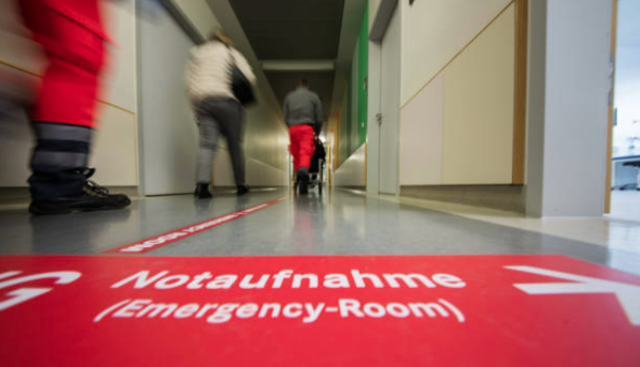
Time is of the essence in the emergency department, where a prompt diagnosis can literally mean the difference between life and death.In this environment, access to point-of-care ultrasound is essential, providing vital information to help clinicians rapidly determine the most appropriate course of action for emergency patients. Dr. Martin Langer, clinical lead for emergency medicine at the Evangelisches Krankenhaus Unna, describes the importance of ultrasound in his department. …
Keeping Players on the Field with the Aid of Ultrasound

Professional sportsmen and women rely on rapid, accurate assessment and treatment of injuries to allow them to regain match fitness and return to the field at the earliest opportunity. …
The Growth of Portable Ultrasound in Primary Care
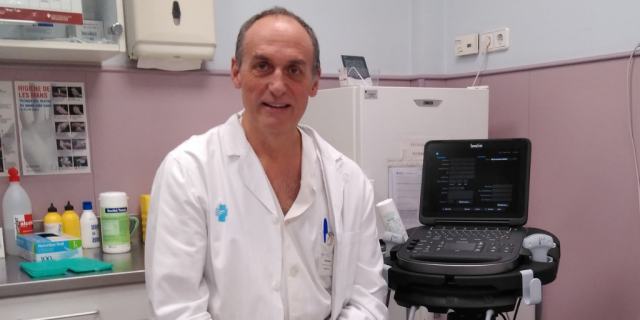
In the last decade there has been a widespread adoption of portable ultrasound in point of care (POCUS) for primary care. …
Positive Impacts of Ultrasound-Guided Regional Anesthesia on Enhanced Recovery Pathways
AnesthesiologyNews.com
Theresa Bowling, MD
Enhanced recovery pathways (ERPs) have been shown to reduce costs and improve outcomes in nearly all surgical specialties, including shortening length of stay (LOS) by 30% to 50%, with similar reductions in complications and decreased readmissions. Compared with traditional care, ERPs have resulted in a cost savings of $6,900 to $7,129 per patient. This evidence-based approach to standardizing care of the surgical patient with best practices often includes regional anesthesia techniques, including ultrasound-guided regional anesthesia (UGRA), that result in longer block durations, faster onset times, improved block success, and a reduced need for opioids. In this article from the March 2019 edition of AnesthesiologyNews.com by Dr. Theresa Bowling of Integrated Anesthesia Associates, Fairfield, CT, learn about the results for several UGRA blocks and how to integrate them into your practice.
…
The "One-Stick" Standard for Vascular Access
HealthManagement.org
Nidhi Nikhanj, MD
Obtaining vascular access is one of the most common procedures performed in U.S. hospitals, with more than 5 million central venous catheterizations (CVCs) performed annually (Feller-Klopman 2007). Nearly 80% of critical care patients undergo CVC (Gibbs; Murphy 2006) for administration of fluids, blood products, or vasoactive drugs; hemodynamic monitoring; hemodialysis or transvenous pacing during an inpatient stay (Sisson; Nagdev 2007). To learn how to reduce complications, such as central line associated blood stream infections, with placing a CVC and achieve the one-stick standard, please read the article by Dr. Nidhi Nikhanj from the March 2019 Issue of HealthManagement.org.
…
The Future of Pediatric Imaging
Diku Mandavia, MD, FACEP, FRCPC, Chief Medical Officer at FUJIFILM Sonosite
HealthCare Business News
While providers continue to adhere to safe, low-dose imaging protocols, we are also seeing a trend toward finding new care pathways that use ionizing-free modalities. For example, more clinicians are opting to use point-of-care ultrasound over CT to diagnose appendicitis in children because it’s safer and has a very high accuracy rate. Many pediatric emergency physicians are an ultrasound-first philosophy because it delivers a speedier diagnosis. It’s less costly, safer, painless, and because children typically have low body fat, it’s easy acquire very clear images with ultrasound. Read this article in the March 2019 edition of Dotmed.com by Dr. Diku Mandavia, Chief Medical Officer, FUJIFILM Sonosite, Inc. to learn more about the future of pediatric imaging.
…
Study: POCUS Saves Time, Money, in Family Practice
According to a systematic review recently published in Annals of Family Medicine, point-of-care ultrasound can not only reduce costs, but can also be adopted by physicians relatively quickly, especially with the most basic exams.
“Point-of-care ultrasound empowers the primary care physician by providing more diagnostic information or increasing precision in clinical procedures,” said Camilla Aakjær Andersen, MD, of Aalborg University Fyrkildevej in Denmark, to Healio Primary Care Today. …
New Study: POCUS Saves Time, Money, in Family Practice
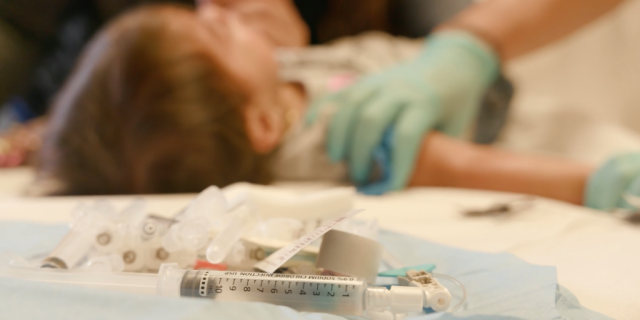
According to a systematic review recently published in Annals of Family Medicine, point-of-care ultrasound (POCUS) can reduce costs and improve diagnostic abilities in family medicine and other clinical settings. …
POCUS Profile: Dr. Jennifer Hanko
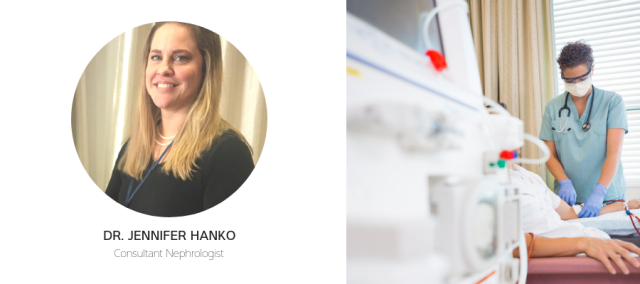
Point-of-care ultrasound (POCUS) is widely used in nephrology
for guiding the creation of fistulas and informing decisions on their viability and performance for dialysis.
Dr. Jennifer Hanko is a consultant nephrologist at Belfast City Hospital, a 900-bed modern university teaching hospital in Belfast, Northern Ireland. Here, she explains the impact of POCUS on her clinical practice and describes the benefits, for both staff and patients, of using POCUS. …
POCUS Profile: Dr. Justin Kirk-Bayley
Point-of-care ultrasound systems play an important role in the treatment of complicated medical cases at the Royal Surrey County Hospital in Guildford, as consultant intensivist and anaesthetist Dr. Justin Kirk-Bayley explained. …
In-flight Ultrasound Changes Medical Outcome
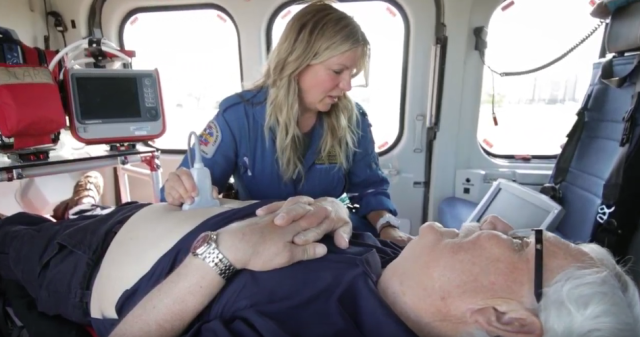
STARS (Shock Trauma Air Rescue Service) Air Ambulance is a non-profit emergency air transport organization* that serves rural communities in British Columbia and Alberta, Canada.
Funded by donations from private individuals, STARS was founded by Dr. Gregory Powell, who had seen the difference that helicopter transport could make in patient outcomes as an observer in a M.A.S.H. unit during the Vietnam War. …
Point-of-Care Ultrasound on Mt. Everest

Dr. Luanne Freer is, to put it mildly, comfortable with being uncomfortable. …
Teaching USGRA in Papua New Guinea

An advocate for the expansion of the use of point-of-care ultrasound, Dr. Yasmin Endlich is an anesthesiologist who practices medicine in Australia and regularly travels to Papua New Guinea to provide medical training to local physicians. Here, she explains why nerve blocks are a crucial tool in a rural anesthetist’s arsenal:Papua New Guinea, a country of over 8 million people, is looked after by less than 30 anesthetists, half of whom are still in training. Not coincidentally, I have actually met every anesthetist in Papua New Guinea. …
Doctors Without Borders: Using Point-of-Care Ultrasound in Sudan

Dr. Achai Bulabek is a clinical officer with Médecins Sans Frontières (MSF). At age 28, she is currently serving a region between Sudan and South Sudan (her native country). Her hospital recently adopted a point-of-care ultrasound system (POCUS) that is now frequently used to diagnose patient trauma and guide needle-based procedures such as paracentesis and thoracentesis. …
Point-Of-Care Ultrasound Helps Make Regional Anesthesia Quicker And Safer
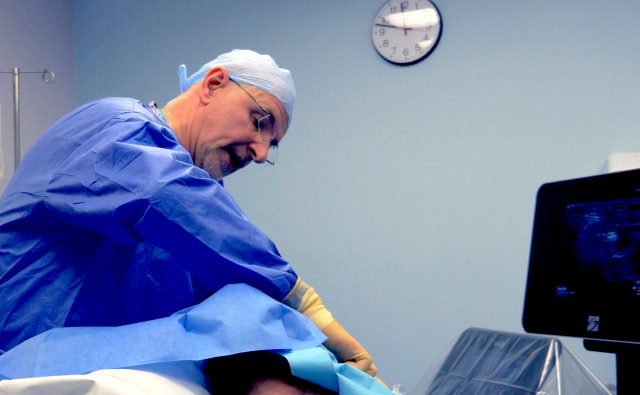
Ultrasound-guidance has proven invaluable for the regional neurosurgical center at the Salford Royal Hospital outside Manchester, England. In addition to helping to improve patient safety, ultrasound is increasingly being used to guide regional anesthesia, offering a variety of benefits. …
Harvard Study Finds Significant Cost Savings with POCUS Use
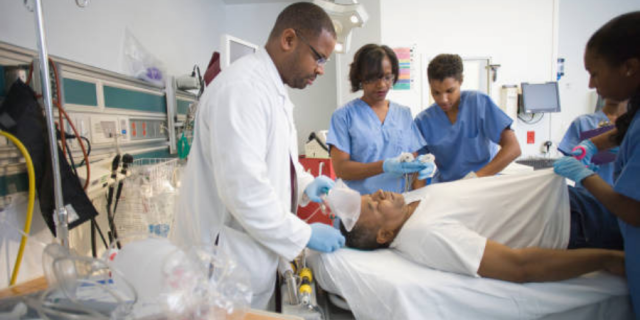
According to a study conducted by Harvard researchers, emergency physicians in community-hospital settings that chose to use diagnostic point-of-care ultrasound (POCUS) in patient care saved patients, insurance companies, and hospitals significant sums of money, even if the results of an ultrasound did not alter a care path.
Published online Dec. 28 in the Journal of Ultrasound in Medicine, the 3-month study involved ER physicians at 213-bed Mount Auburn Hospital in Cambridge, Massachusetts. …
Sonosite Ultrasound Lends Help to Humanitarian Efforts in Mosul, Iraq

Mosul, one of Iraq’s largest cities, is slowly rebuilding its healthcare infrastructure after years of war. Dr. Henryk Pich is doing his part to help. …
Benefits of Ultrasound-Guided Peripheral Nerve Block on Enhanced Recovery in Outpatient Total Knee Arthroplasty
Becker's Hospital Review
Nishant Shah, MD
During the year 2030, the number of Total Knee Arthroplasty (TKA) surgeries in the U.S. is projected to surpass 1.28 million. A recent study suggests that outpatient TKA can provide a cost savings of approximately $8,527 per patient (as compared to the standard length of stay group). Outpatient TKA also provides faster recovery time and fewer required opioid prescriptions through the use of targeted ultrasound-guided nerve blocks. Dr. Nishant Shah heads the outpatient total joint replacement program at Midwest Anesthesia Partners. In this article, Dr. Shah explains the many benefits of using ultrasound-guided regional anesthesia to enhance ERAS protocols.
…
POCUS Profile: Dr. Fidel Fernandez
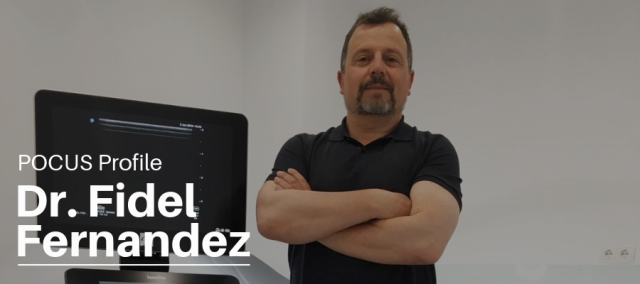
Ultrasound is a vital tool for vascular surgeons in the 21st century. In the following essay, Dr. Fidel Fernández Quesada, a sixth-generation vascular surgeon and associate professor at the University of Granada, Spain, describes the difference that ultrasound has made to his clinical practice, and reflects on what his forefathers would have made of such technological advancement. …
Sonosite and Bridge To Health: POCUS Training in Uganda
To celebrate 20 years of helping clinicians bring ultrasound to the point of care, Sonosite partnered with Canadian NGO Bridge To Health and Uganda's Kigezi Healthcare Foundation (KIHEFO) to help them train Ugandan medical officers on how to diagnose pediatric pneumonia and scan br …

